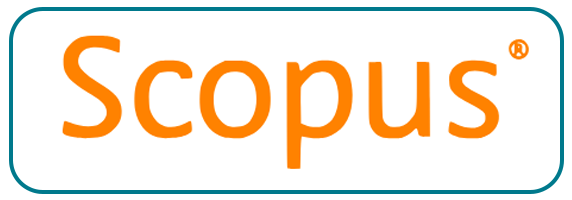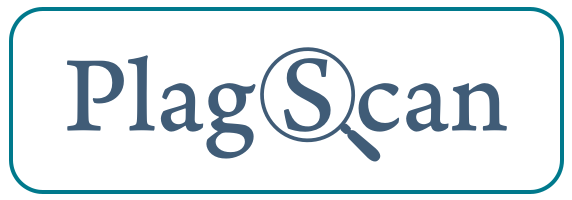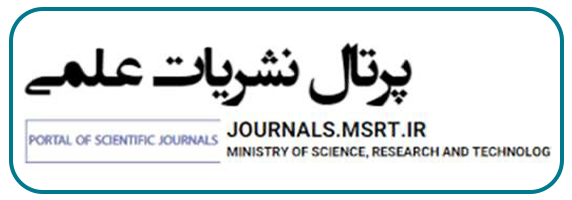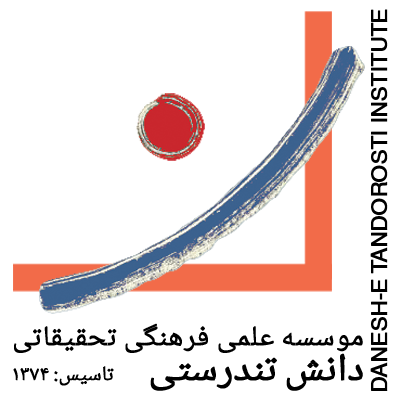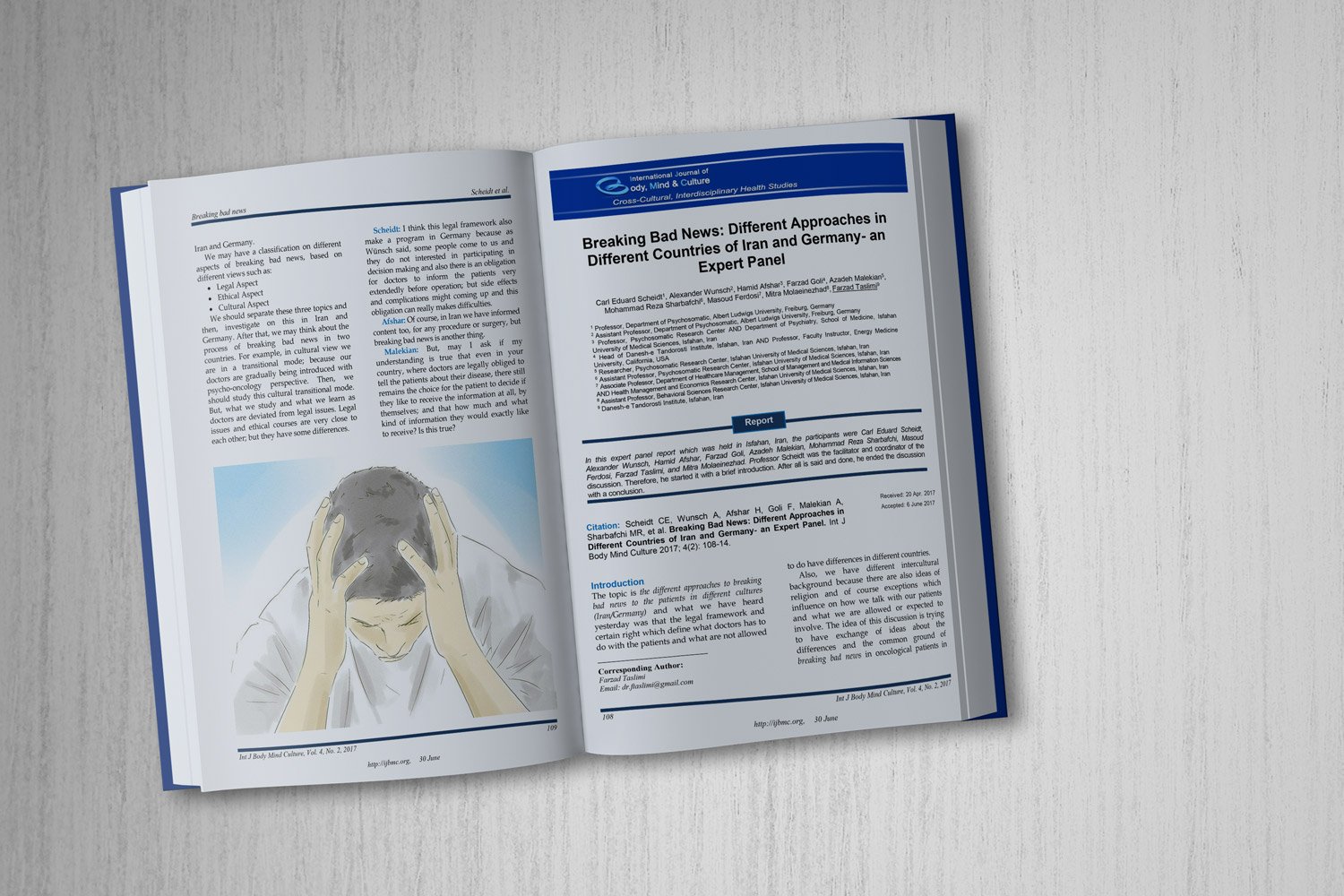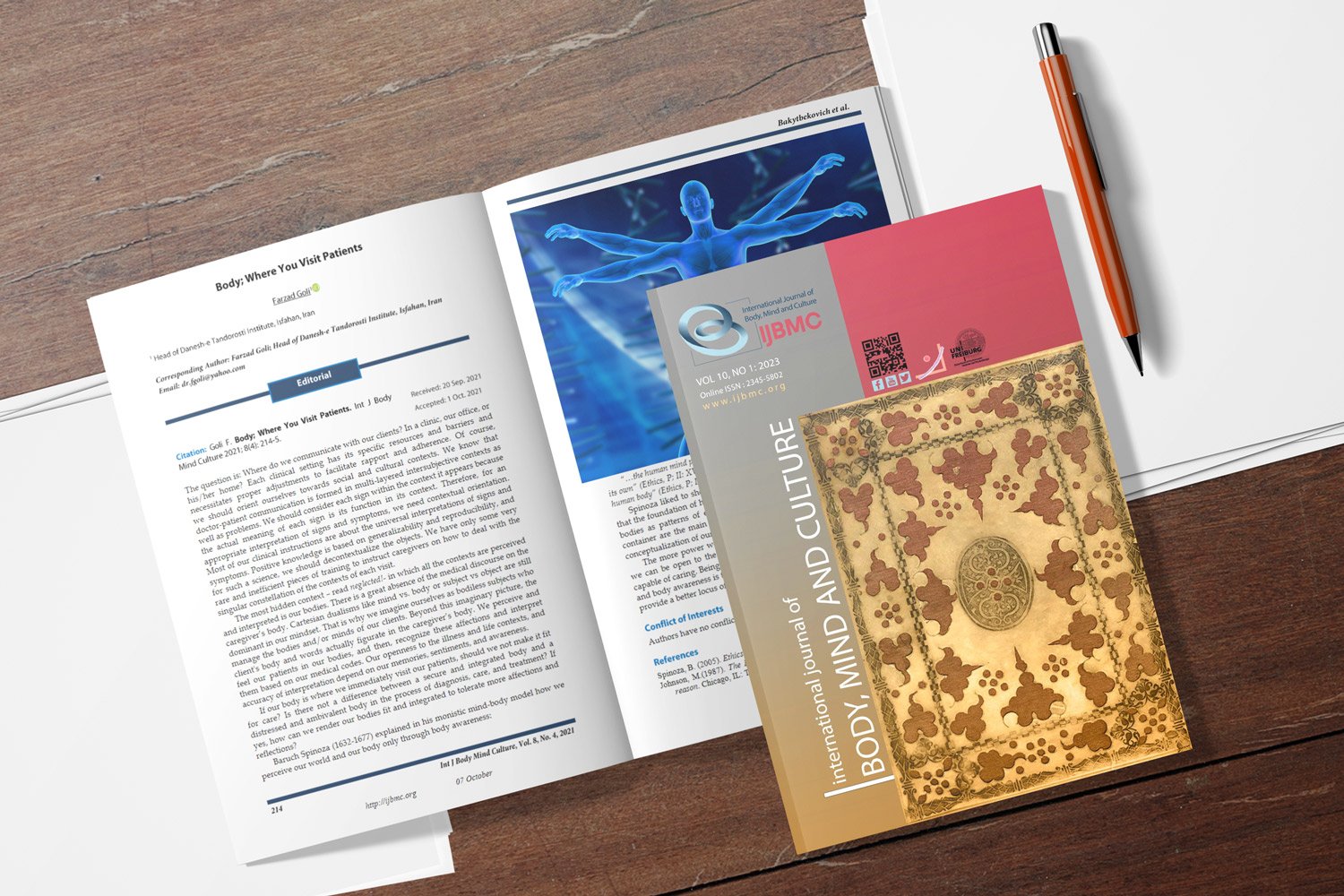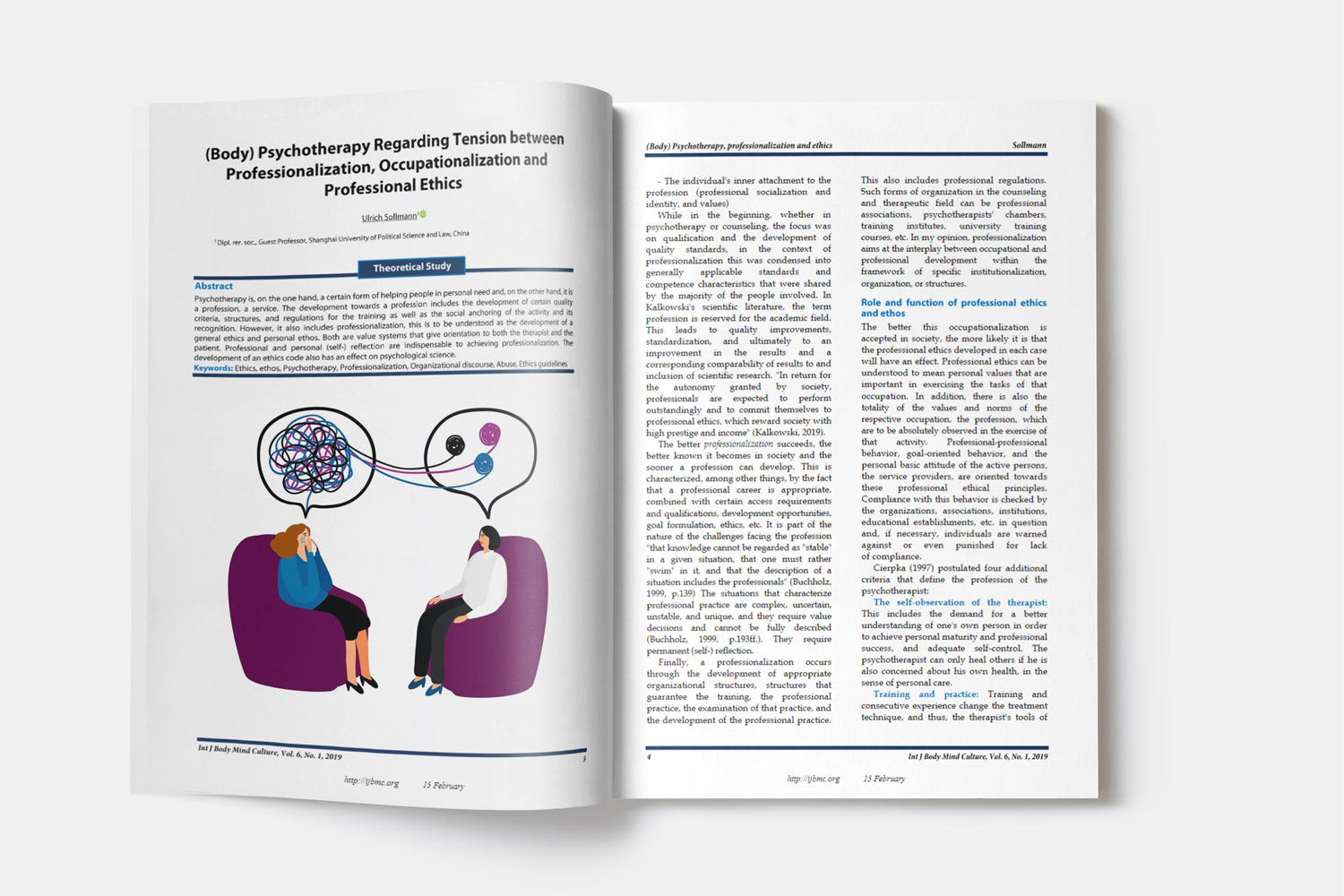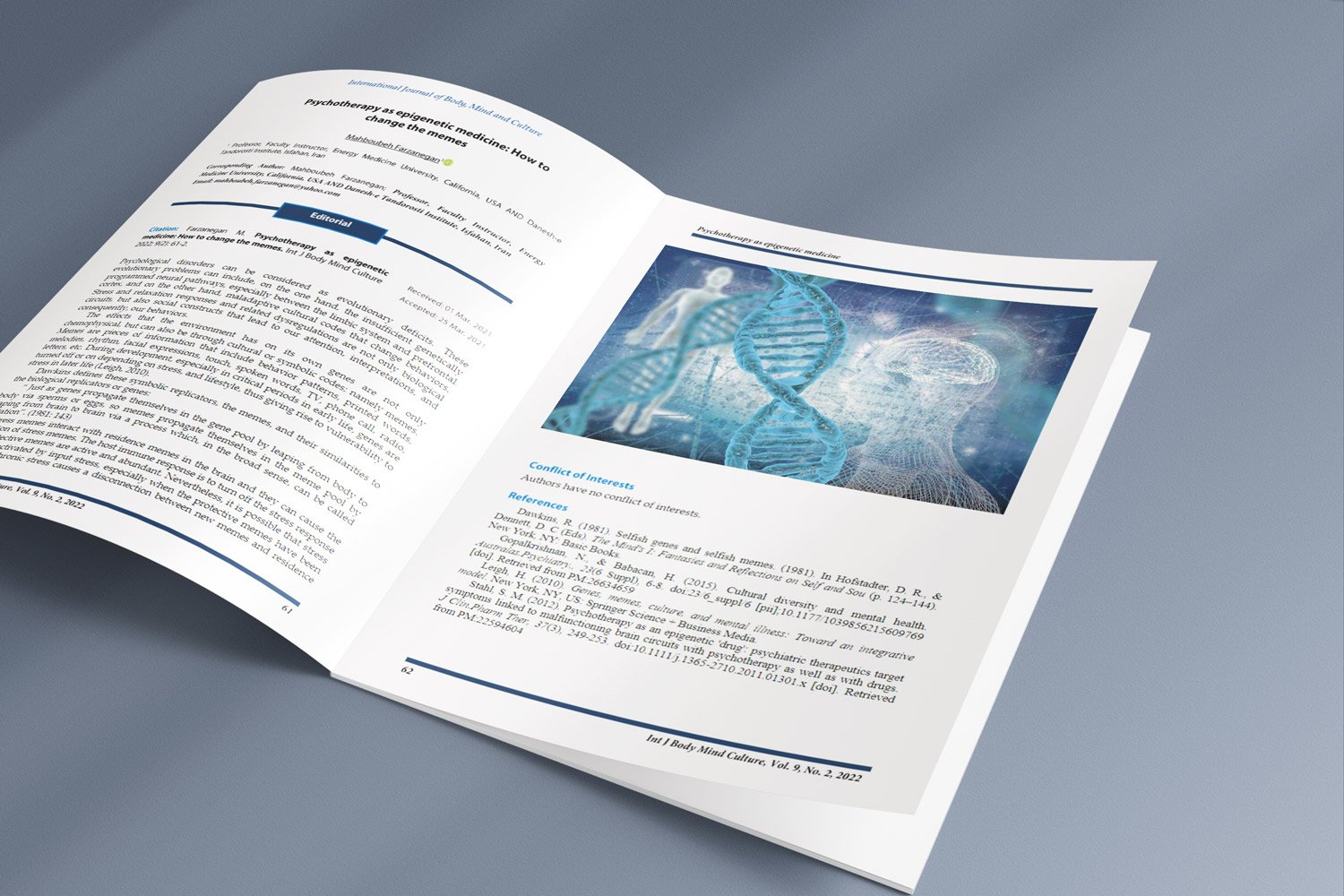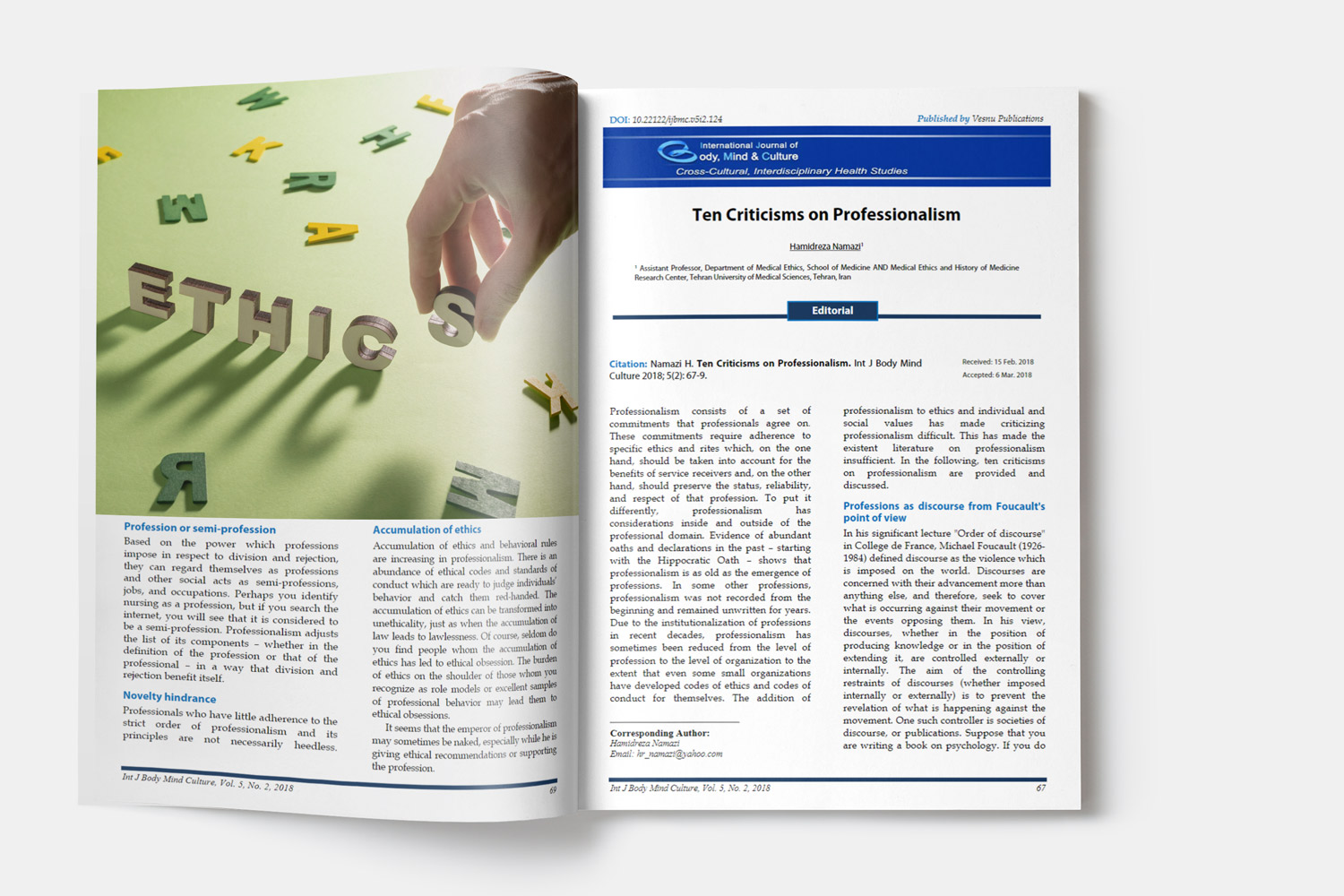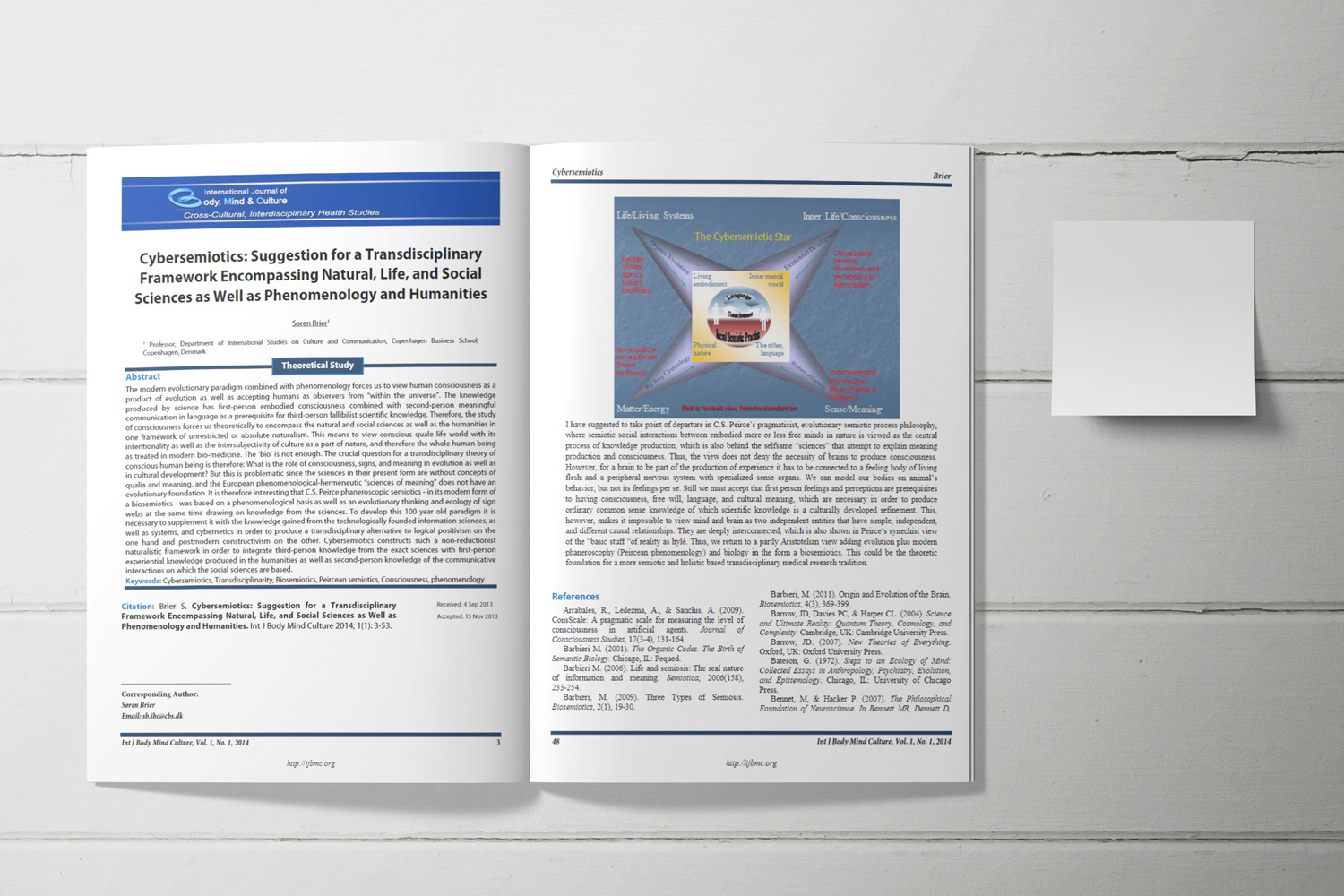A Comparative Study of Family Structure (Cohesion and Flexibility) and Functioning in People with and without Drug Abuse
Family structure and drug abuse
Downloads
Background: Drugs are one of the main health problems in any country and are responsible for the spread of some infectious diseases. The aim of this study was to compare family structure (cohesion and flexibility) and functioning among people with and without drug abuse.
Methods: This causal-comparative study was performed on 100 people with drug abuse (using Morgan table) purposefully selected from 15 regions of Isfahan, Iran. In order to sample the population of healthy individuals, 100 persons without a history of substance abuse were selected as an available sample from among the companions of individuals with substance abuse and were matched with the substance abuse community in terms of their age. The data gathering tools used included a demographic characteristics form, and the Family Assessment Device (FAD) and Family Adaptability and Cohesion Evaluation Scale (FACES-III).
Results: The results showed that people with drug abuse have lower family cohesion, flexibility, and functioning compared to healthy individuals (P < 0.001).
Conclusion: It can be concluded that family functioning differed between the two study groups, so it can be stated that family functioning plays a role in youth's inclination toward drugs.
Downloads
Aghabakhshi, H., Sedighi, B., & Eskandari, M. (2009). A survey on the effective factors of the youths 'tendency towards industrial drugs abuse'. Social Research, 2(4), 71-87. Allahverdipour, H., Farhadinasab, A., Bashirian, S., & Mahjoob, H. (2008). Pattern and inclination of adolescents towards substance abuse. J Shahid Sadoughi Univ Med Sci, 15(4), 35-42.
Asghari, F., Ghasemi Jobaneh, R., Ghary, M. (2015). The relationship between the family of origin Health and personality traits with addiction preparation in female students. Entezam - e - Ejtemaei, 6(4), 47-64.
Bagheri, M., Nabavi, A., Moltafet, H., & Naghipour, F. (2010). Survey of social factors affecting the drug phenomenon in Ahvaz. J Appl Social, 21, 119-136.
Blazer, D. G., & Wu, L. T. (2009). The epidemiology of substance use and disorders among middle aged and elderly community adults: National survey on drug use and health. Am.J Geriatr.Psychiatry., 17(3), 237-245. doi:00019442-200903000-00008 [pii];10.1097/JGP.0b013e318190b8ef [doi]. Retrieved from PM:19454850
Doherty, W. J., & Baird, M. A. (1983). Family therapy and family medicine: Toward the primary care of families. New York, NY: The Guilford Press.
Ebrahimbabaie, F., Habibi, M., Ghanbari, N., & Ghodrati, S. (2017). Comparing Family Structure (Cohesion and flexibility) in HIV positive and HIV negative individuals. Zanko J Med Sci, 18(57), 1-10.
Farhoudian, A., Sadrosadat, S., Mohammadi, F., Manokian, A., Jafari, F., & Sadeghi, M. (2008). Knowledge and attitudes of a group of Armenians in Tehran about drug addiction. Adv Cogn Sci, 10(2), 9-20.
Fathi, K., & Mehrabizadeh, H. M. (2009). Evaluation of depression, seeking, excitement, aggression, attachment styles and parent education as a predictors dependence of the drugs in the teenage boys in Ahwaz. Educational studies and Psychology of Ferdosi University, 9(2), 23-47.
Gantman, C. A. (1978). Family interaction patterns among families with normal, disturbed, and drug-abusing adolescents. J Youth.Adolesc., 7(4), 429-440. doi:10.1007/BF01537810 [doi]. Retrieved from PM:24408849
Ghamari, M. (2011). Comparing the dimensions of family function and quality of life and the relationship between these variables among addicted and non addicted individuals. Journal of Research on Addiction, 5(18):55-68.
Greenwald, D. F. (1990). Family interaction and child outcome in a high-risk sample. Psychol.Rep., 66(2), 675-688. doi:10.2466/pr0.1990.66.2.675 [doi]. Retrieved from PM:2349357
Habibi, R., Saleh moghadami, A., Talaei, A., Ebrahimzadeh, S., & Moneghi Karimi, H. (2012). The effect of family-centered problem solving teaching method upon the self esteem in drug-dependent clients. Med J Mashad Univ Med Sci, 55(1), 52-59.
Heydarnia, A., & Charkhian, A. (2007). A study on the quality of parental-child relationship in addicted adolescents versus normal ones. Social Welfare, 6(25), 39-58.
Karahmadi, M., Tabaiean, R., & Aghda, M. (2007). Parental interaction patterns in children with adhd and controls a comparative study. J Shahid Sadoughi Univ Med Sci, 15(1), 35-43.
Kim, E., Kwak, D. H., & Yun, M. (2010). Investigating the effects of peer association and parental influence on adolescent substance use: A study of adolescents in South Korea. J Crim Justice, 38(1), 17-24.
Klinge, V., & Piggott, L. R. (1986). Substance use by adolescent psychiatric inpatients and their parents. Adolescence., 21(82), 323-331. Retrieved from PM:3739827
Koerner, A. F., & Fitzpatrick, M. A. (1997). Family type and conflict: The impact of conversation orientation and conformity orientation on conflict in the family. Commun Stud, 48(1), 59-75. doi: 10.1080/10510979709368491.
Kourosh Nia, M., & Latifian, M. (2007). Relationship between dimensions of family communication patterns and children's level of anxiety and depression. Journal of Family Research, 3(10), 587-600.
Mazaheri, M., Habibi, M., & Ashori, A. (2014). Psychometric properties of Persian version of the Family Adaptability and Cohesion Evaluation Scales (FACES-IV). Iran J Psychiatry Clin Psychol, 19(4), 314-325.
Mazloomy M., Ahmodabad, S. S., & Mirzaei Alavijeh, M. (2013). Parents role about prevention of drug tendency in children: an application of theory of planned behavior. Tolooe Behdasht, 2(1), 10-24.
McKoid C., Armech L. (2001). Etiology of substance abuse and addiction Youth and Teenagers. Tehran, Iran: Dovavin.
Mohammad Khani, S. H. (2012). Risk factors and conservatives of drug abuse in adolescents. Proceedings of the 1st National Congress on Drug Abuse Prevention; 2012; Tehran, Iran.
O'Connor, R. M., Fite, P. J., Nowlin, P. R., & Colder, C. R. (2007). Children's beliefs about substance use: an examination of age differences in implicit and explicit cognitive precursors of substance use initiation. Psychol.Addict Behav, 21(4), 525-533. doi:2007-18113-011 [pii];10.1037/0893-164X.21.4.525 [doi]. Retrieved from PM:18072835
Olson, D. H., & Killorin, E. (1983). Clinical rating scale for the circumplex model of marital and family systems. Minneapolis, MN: University of Minnesota.
Olson, D. H., Portner, J., & Lavee, Y. (1985). "Faces III": Family Adaptability & Cohesion Evaluation Scales, Family Social Science. Saint Paul, MN: University of Minnesota.
Piko, B. F., & Kovacs, E. (2010). Do parents and school matter? Protective factors for adolescent substance use. Addict.Behav, 35(1), 53-56.
Raeis Dana, F. (2003). The drug market in Iran. Social Welfare, 3(9), 243-262.
Refahi, Z. H. (2008). Life skills training as a prevention strategy for adolescent social psychopaths. Journal of New Approach in Educational Administration, 1(2), 135-151.
Saberi Zafarghandi, M. (2011). Some of the challenges of mental health and addiction in Iran. Iran J Psychiatry Clin Psychol, 17(2), 161-157.
Sanaei, B. (1998). Family and Marriage Measurement Scales. Tehran, Iran: Besat Publications.
Salehi Fadardi, J., Azad, H., & Nemati, A. (2010). The relationship between resilience, motivational structure, and substance use. Procedia Soc Behav Sci, 5, 1956-1960.
Selnow, G. W. (1987). Parent-child relationships and single and two parent families: Implications for substance usage. J Drug Educ., 17(4), 315-326. doi:10.2190/GBYN-HEQ1-23D0-N977 [doi]. Retrieved from PM:3430279
Vazirian, M. (2003). Review of drug demand reduction programs in Iran: Advices for development and strategic planning. Social Welfare, 3(9), 145-202.
Wheeler, S. B. (2010). Effects of self-esteem and academic performance on adolescent decision-making: an examination of early sexual intercourse and illegal substance use. J Adolesc.Health., 47(6), 582-590. doi:S1054-139X(10)00208-9 [pii];10.1016/j.jadohealth.2010.04.009 [doi]. Retrieved from PM:21094435
World Health Organization. (2015). World report on ageing and health. Geneva, Switzerland: WHO.
Yahav, R. (2002). External and internal symptoms in children and characteristics of the family system: a comparison of the linear and circumplex models. Am J Fam Ther, 30(1), 39-56. doi: 10.1080/019261802753455633.
Yahyazadeh, H. (2009). THE effects of family factors on drug abuse inclinations. Social Research, 2(5), 123-142.
Zadehmohammadi, A., & Malek Khosravi, G. (2006). The preliminary study of psychometric and reliability of family assessment device. Journal of Family Research, 2(5), 69-89.
Copyright (c) 2022 International Journal of Body, Mind and Culture

This work is licensed under a Creative Commons Attribution-NonCommercial 4.0 International License.

